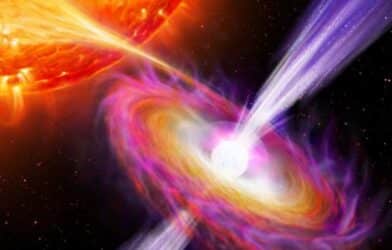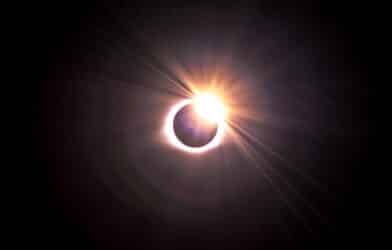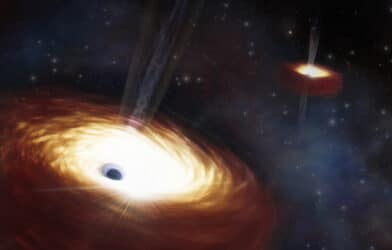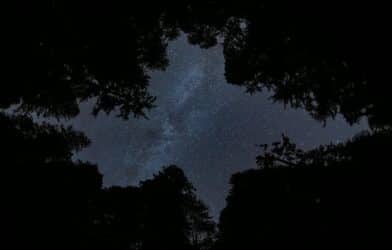The hunt for habitable planets is on. But it’s the data that’s coming back that might hinder the search. In a new study by NASA, astronomers show that light from other planets can distort how we interpret information about the planet they’re trying to study. The findings suggest that some exoplanets may be more difficult to study than previously thought because of these cosmic “photobombers.”
In order to accurately measure the properties of exoplanets and their atmospheres, scientists need to eliminate all other light sources that could be contaminating their data. But a new study shows that this may be easier said than done.
They found that when there are multiple sources of light, like a star system with multiple planets orbiting it, it was easy to mistake one planet for another.
Light is the primary way astronomers can explore the universe. Light comes in a variety of wavelengths, which correspond to different colors. When light passes through an object like a planet or moon, some of it is absorbed by the object and some of it passes through.
This means that if you’re trying to study an exoplanet by looking at it through a telescope, you might actually be getting information about other planets too.
If you’ve ever been to a party, you know that a photobomb can make even the most forgettable snapshot memorable. If a planet passes in front of another planet as it’s being photographed, that image could be forever ruined. There’s simply too much information and the potential to confuse planets.
Dr. Prabal Saxena, a scientist at NASA’s Goddard Space Flight Center in Greenbelt, realized that data was getting mixed up and skewed.
“We found that such a telescope would sometimes see potential exo-Earths beyond 30 light-years distance blended with additional planets in their systems, including those that are outside of the habitable zone, for a range of different wavelengths of interest,” Saxena says in a statement.
Scientists will have to pinpoint and accurately gather data on the target planet with as little interference as possible. To isolate this ability we have trained multiple telescopes on one target. Another idea was to build larger telescopes to allow better ability of light isolation.
The creation of solid data relies on coming back to the same target or test subject reliably each time. The inclusion of data from a “photobombing” planet can ruin months or even years of data collection and destroy any valid data we thought might’ve been about the actual target planet. This kind of speculation needs to be eliminated as it’s imperative for scientists to have reliably solid data to constantly compare to.
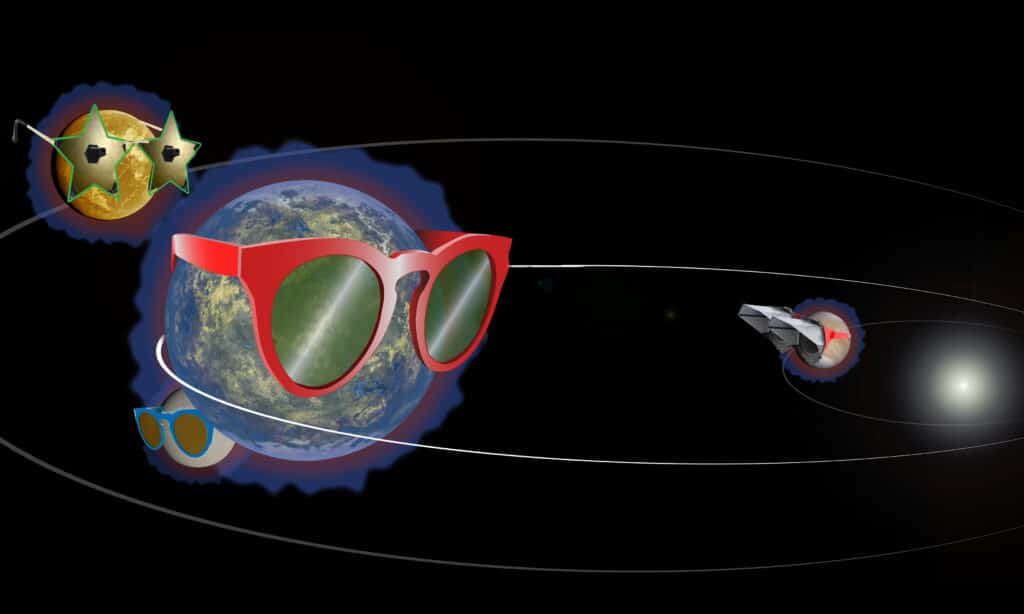
It wastes time, effort, and certainly money to have data gathered on one planet we thought was habitable only to realize it was another in the same star system. Sometimes, looking back at Earth from afar, Venus (an extremely inhospitable planet that’s so hot, that it can melt lead) looks like us.
While the new methods to remove planetary “photobombers” is still in their early stages, scientists are working on a system that can detect when a planet or other celestial body passes in front of a star, and then filter out that information from the final results.
NASA is tasked with exploring and understanding the unknown, to inspire and benefit humanity. One of the ways we do this is by searching for exoplanets — planets outside our solar system — and determining if any can support life.
NASA is currently working on several projects related to exoplanets and life on other planets. This latest research is published in the Astrophysical Journal Letters.
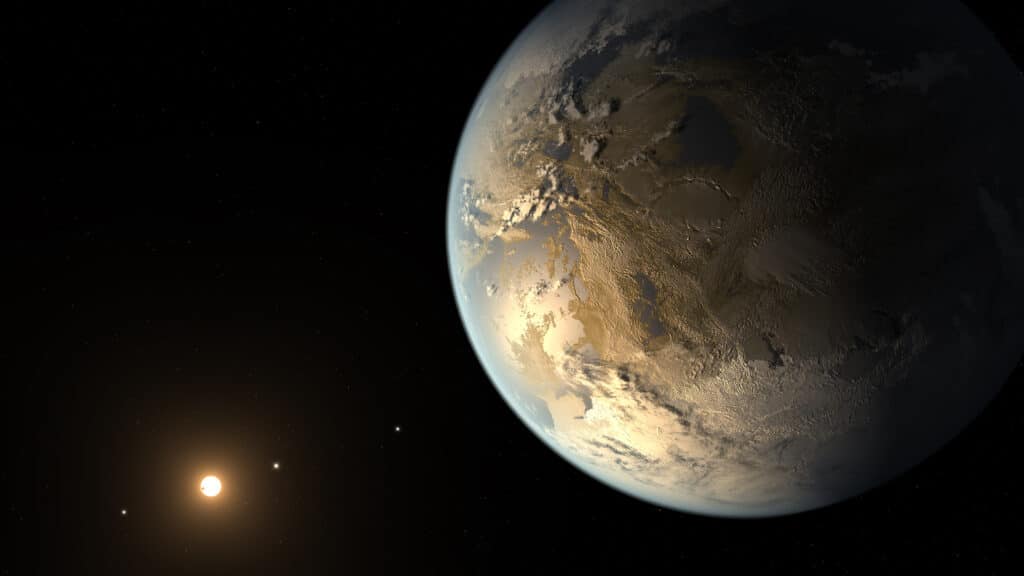

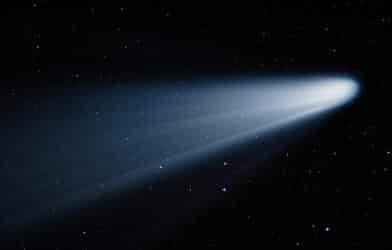

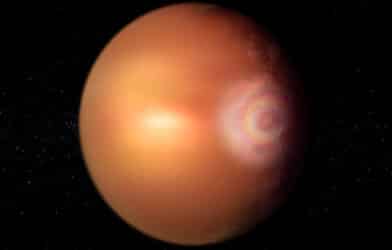
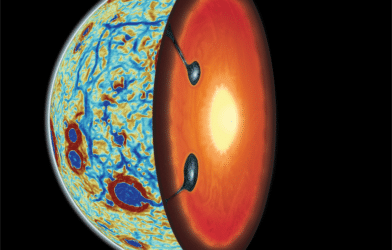
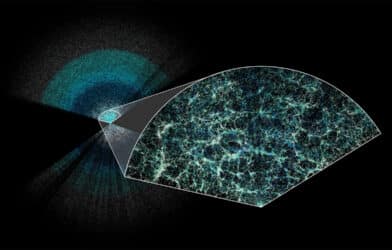
-392x250.png)
